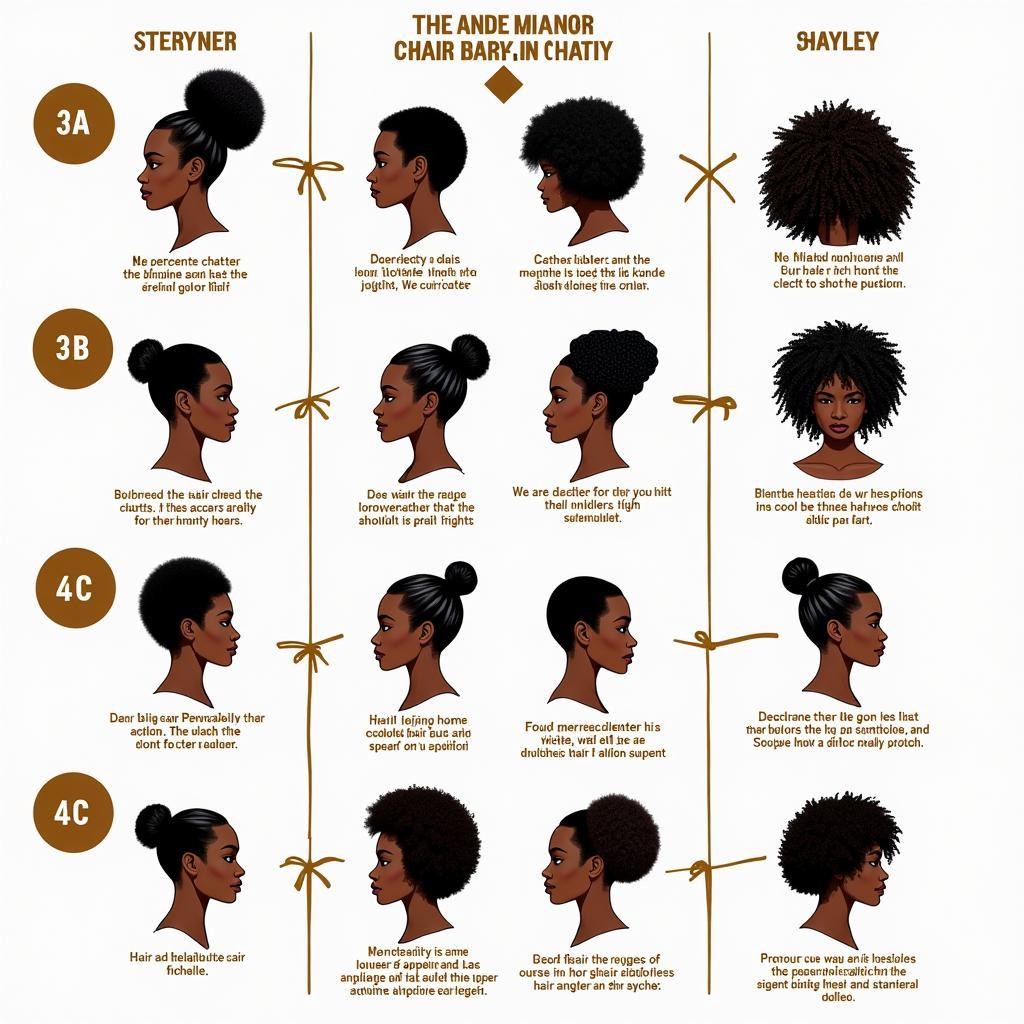African Grey Parrot Nail Care: A Comprehensive Guide
African Grey Parrot Nail Care is an essential aspect of owning these intelligent and social birds. Proper nail maintenance prevents discomfort, injury, and potential behavioral issues. This guide will cover everything you need to know about keeping your African grey’s nails healthy and trimmed.
Trimming your African grey’s nails can seem daunting, but with the right tools and techniques, it can be a safe and stress-free experience for both you and your feathered friend. We’ll explore different methods, including filing and clipping, and discuss the pros and cons of each. Understanding your parrot’s anatomy and recognizing the signs of overgrown nails is crucial for effective nail care.
Why is African Grey Parrot Nail Care Important?
Overgrown nails can significantly impact an African grey’s quality of life. They can make perching uncomfortable, leading to instability and potential falls. Long nails can also curl inwards, putting pressure on the toes and causing pain. In severe cases, overgrown nails can even break or become infected. Regular nail care helps prevent these issues, ensuring your parrot’s comfort and well-being. Additionally, properly trimmed nails contribute to a healthy gait and prevent foot problems. Beyond physical health, regular nail maintenance can also strengthen the bond between you and your parrot.
If you’re unsure about trimming your parrot’s nails yourself, consulting an avian veterinarian or a professional groomer is always a good idea. They can demonstrate proper techniques and provide guidance on how to handle your parrot safely during the process. Remember, a calm and confident approach is key to making nail trimming a positive experience.
How to Trim Your African Grey’s Nails
There are two primary methods for trimming an African grey’s nails: clipping and filing. Clipping involves using specialized bird nail clippers to shorten the nail quickly. Filing uses a specialized file to gradually wear down the nail. Both methods have their advantages and disadvantages. Clipping is quicker, but requires more precision to avoid cutting the quick, the sensitive pink part of the nail containing blood vessels and nerves. Filing is slower, but considered safer for beginners as it reduces the risk of cutting the quick.
Before starting, gather your supplies: a towel or perch to hold your parrot securely, a sharp pair of bird nail clippers or a file, and styptic powder to stop bleeding in case you accidentally cut the quick. With your parrot securely perched, gently extend each toe and examine the nail. If you’re clipping, locate the quick and make a swift, clean cut just below it. If you’re filing, gently file the nail in a back-and-forth motion until it reaches the desired length. Throughout the process, talk to your parrot in a soothing voice and offer positive reinforcement.
Recognizing Overgrown Nails in African Greys
Overgrown nails in African greys can manifest in several ways. The nails may extend beyond the tips of the toes, curl inwards or downwards, or make clicking sounds when the parrot walks on hard surfaces. In some cases, the overgrown nails can even cause the toes to splay outwards. Recognizing these signs early is crucial for preventing discomfort and potential complications.
“Regular nail trims are a vital part of responsible African grey ownership,” says Dr. Ava Thompson, a renowned avian veterinarian. “Ignoring nail care can lead to a cascade of health problems, affecting not only the bird’s feet but also their overall well-being.” Providing appropriate perches, such as natural wood branches of varying diameters, can also help keep nails naturally worn down between trims. Remember, a proactive approach to nail care contributes significantly to your African grey’s health and happiness.
Conclusion
African grey parrot nail care is a crucial element of responsible pet ownership. By understanding the importance of regular nail maintenance, recognizing the signs of overgrown nails, and mastering proper trimming techniques, you can ensure your African grey’s comfort, health, and overall well-being. Don’t hesitate to seek professional guidance if you’re uncertain about any aspect of African grey parrot nail care. Remember, consistent and careful attention to detail will help keep your feathered companion happy and healthy for years to come. For more information on African Grey beak cracking or supplies for your African Grey, check out our other resources. You can also learn more about general African grey care sheet or issues like a broken wing feather.
FAQs
- How often should I trim my African grey’s nails?
- What type of clippers should I use for my African grey?
- What should I do if I accidentally cut the quick?
- Can I file my African grey’s nails instead of clipping them?
- What are the signs of overgrown nails in African greys?
- How can I make nail trimming a positive experience for my parrot?
- Are there any perches that can help keep my African grey’s nails trimmed naturally?
Some other questions you might be concerned about include the health of your African Grey’s beak. For instance, you might wonder about common beak issues like an African grey beak.
For further reading, check out our article on African grey beak.
For any assistance, please contact us at Phone: +255768904061, Email: kaka.mag@gmail.com or visit us at Mbarali DC Mawindi, Kangaga, Tanzania. We have a 24/7 customer service team.


